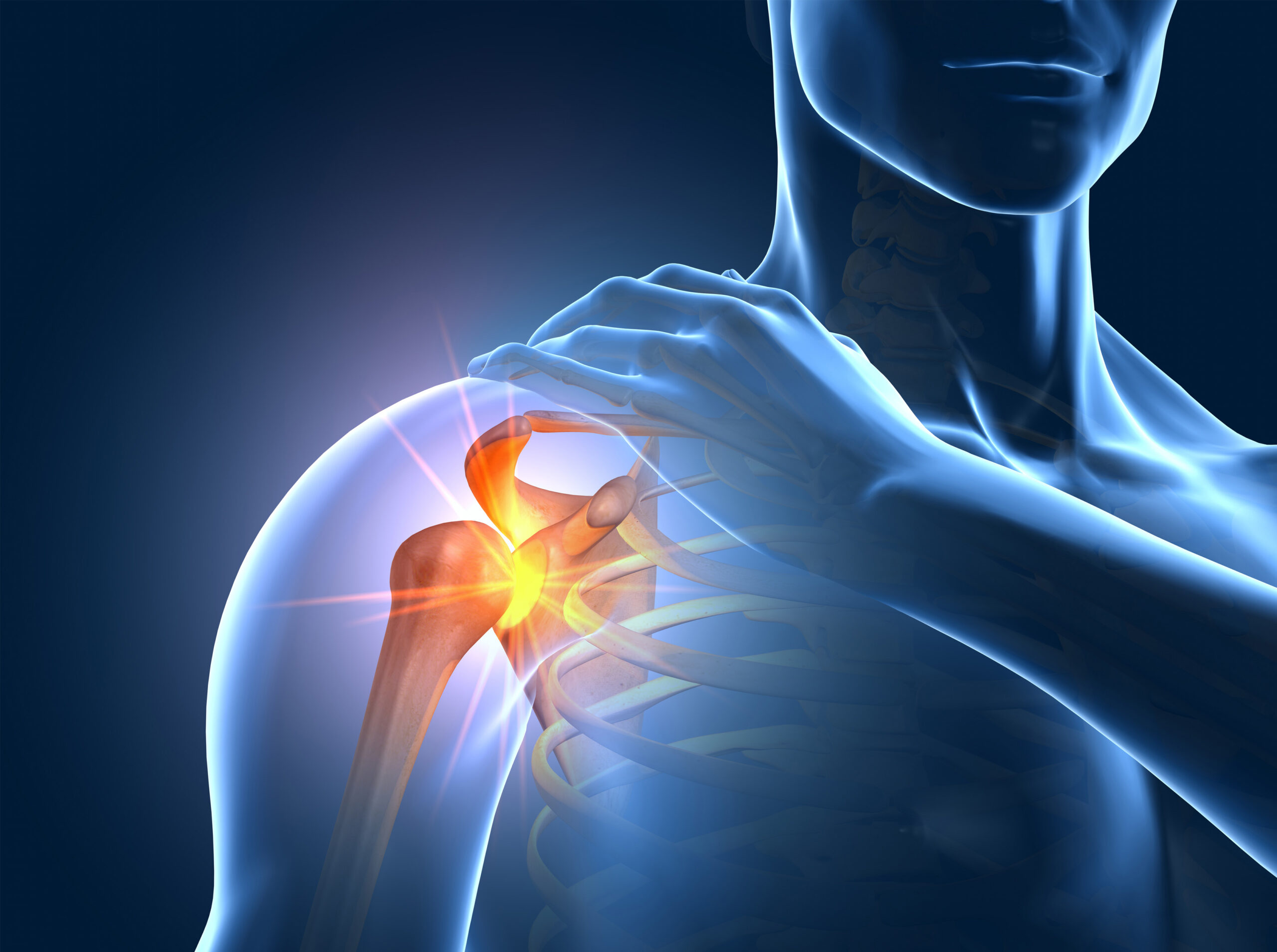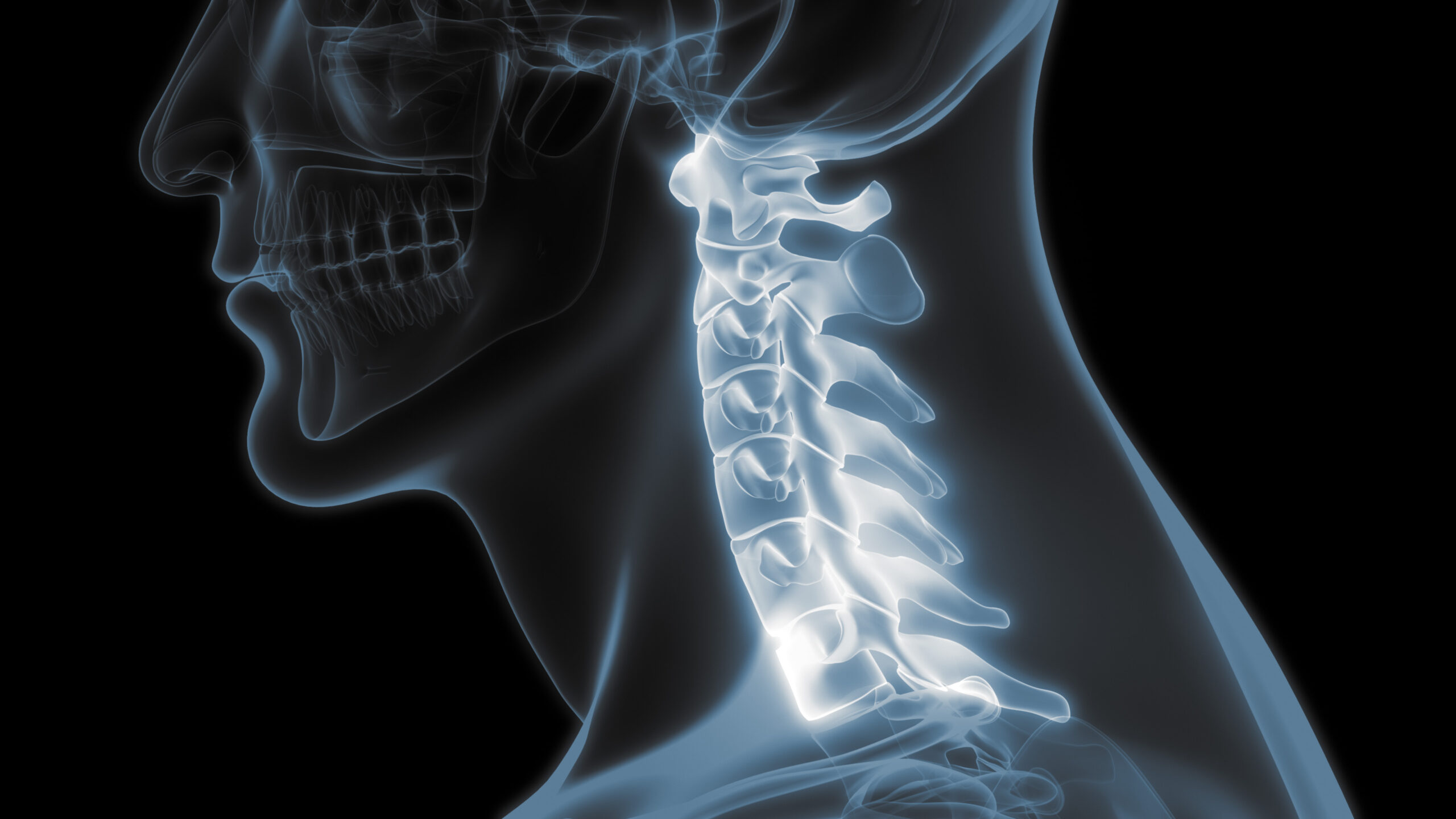Knee Cartilage Restoration in Colorado Springs
Colorado Springs Orthopaedic Group is now offering several advanced knee cartilage restoration procedures to save patients from an early joint replacement. With knee cartilage restoration, the joint can be reconstructed or resurfaced, which helps the patient return to normal activities without pain. These surgical procedures have been successful in elite athletes and active adults, allowing them to return to their sport without any restrictions.
You might ask, ‘can cartilage be restored?’ Cartilage lacks a direct blood supply necessary to heal on its own; however, cartilage restoration procedures provide a viable option to restore cartilage to a fully functional state.
Below you will find additional information on the various Cartilage Restoration treatment options for joint pain offered at Colorado Springs Orthopaedic Group.
Cartilage Restoration Surgery in Colorado Springs
Dr. Jamie Friedman, fellowship-trained Sports Medicine physician is specifically trained to perform advanced Cartilage Restoration procedures.
Surface Cartilage Lesions
These occur when the cartilage damage extends only to the surface of the cartilage and has not affected the underlying bone. There are two primary procedures to address this type of injury:
- Biocartilage allograft transplantation:: is a single procedure that can be done arthroscopically or as an open procedure. During the operation, Dr. Friedman utilizes one of several innovative systems to take cartilage cells from a donor and places them within the area of damaged cartilage to fill in the defect, providing an even cartilage surface for the bones to move smoothly across. This restores the joint biology, leaving no damaged cartilage.
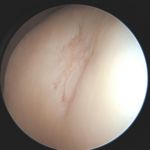
Cartilage defect of the trochlea
(underneath the knee cap)

Cartilage defect debrided for clean edges
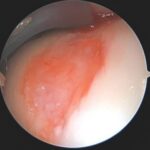
New cells implanted and sealed with fibrin glue
- Autologous Cell Implantation:This is a two-stage surgery however allows the patient’s own cells to be used. During the operation, Dr. Friedman utilizes an innovative system called MACI©. When the MACI© system is used, cartilage cells are biopsied from the patient, sent to a lab, and later implanted back into the same patient to provide restored cartilage. The surgery to harvest the cells is done arthroscopically, while the implantation is done as a minimally invasive open surgery through a small incision.
Below are examples of MACI© on the Medial Femoral Condyle:

Biopsy of cartilage from a place that doesn’t use it

Debridement of two separate lesions on the condyle

Implantation of the cells grown from the biopsy
Structural Cartilage Lesions
When the damage extends past the cartilage and affects the underlying bone, there are two types of procedures to treat this injury:
- Osteochondral Autograft Transplantation (OATs):used for smaller lesions and is not used on the patella. As shown below, the Osteochondral Autograft Transplantation takes a cartilage “plug”, or a bone graft with cartilage, from a different place in the patient’s knee, and Dr. Friedman puts it into the defect.
- Osteochondral Allograft Transplantation (OCA):This procedure works for larger lesions. In fact, this procedure can be used to do BioUni, which covers the entire condyle similar to a partial knee replacement. This method can work on almost any surface of the knee, including the patella. The Osteochondral Allograft Transplantation works by taking a cartilage “plug” from a donor that matches the same contour and places it into the defect. Below is an example of OCA on a patella:
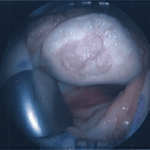
Large cartilage defect under the patella
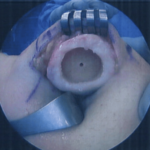
The defect is debrided to make room for the graft
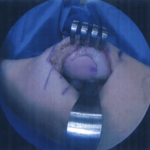
A cartilage graft is placed into the defect
Below is an example of OCA on the medial femoral condyle:
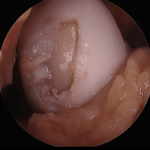
Large cartilage defect of the medial femoral condyle
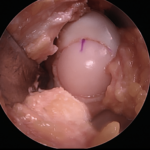
A cartilage graft is placed into the defect
Malalignment of the Leg
There are two types of coronal malalignment of the leg:
- Valgus Malalignment of the Knee:This is where a patient is too “knock-kneed”, which causes excessive pressure on the outside, or lateral, part of the knee. Dr. Friedman uses a distal femoral osteotomy to correct this. Below are before and after images of the distal femoral osteotomy procedure.
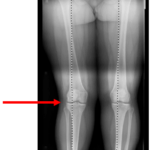
This leg is too “knock-kneed”, which causes too much pressure on the outside of the knee
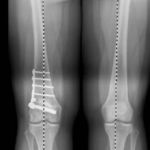
After the procedure, the leg is more straight
- Varus Malalignment of the Knee:This is where a patient is too “bow-legged”, which causes a lot of pressure on the inside, or medial, part of the knee. Dr. Friedman uses a high tibial osteotomy to correct this. Below are before and after images of this procedure.
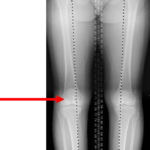
This leg is too “bow-legged”, causing too much pressure on the inside of the knee
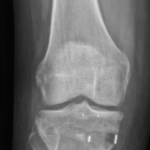
After high tibial osteotomy, the leg is more straight
Our Cartilage Restoration Doctors
At Colorado Springs Orthopaedic Group, many of our physicians have extensive training and experience in knee cartilage restoration surgery and will ensure your treatment is a seamless process.
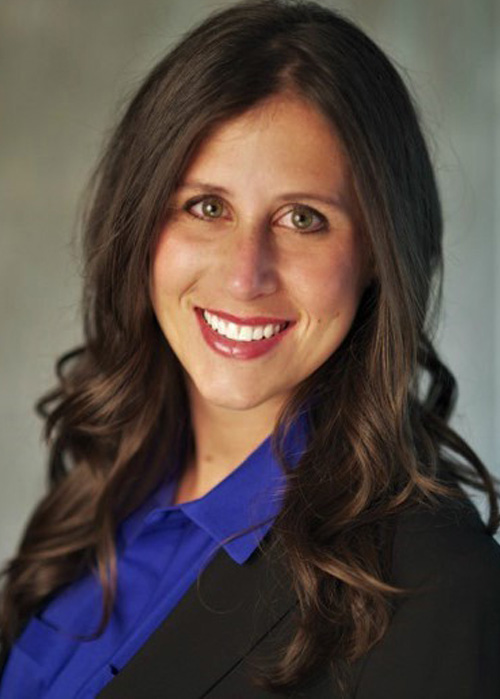
Jamie L. Friedman, MD
Dr. Friedman’s interests include treating a full range of sports injuries and specializes in complex injuries involving the shoulder and knee.
> Jamie L. Friedman, MD
Cartilage Restoration Near Me
We have two convenient cartilage restoration clinics in Colorado Springs:
North Location
4110 Briargate Parkway, Suite 300,
Colorado Springs, CO 80920
(719) 867-7320
South Location
1259 Lake Plaza Drive, Suite 100,
Colorado Springs, CO 80906
(719) 622-4524
Is Joint Cartilage Restoration Right for You?
Learn if you are a candidate to restore cartilage in the knee or another joint and call 719-632-7669 to schedule an appointment at CSOG for a medical evaluation and consultation.
